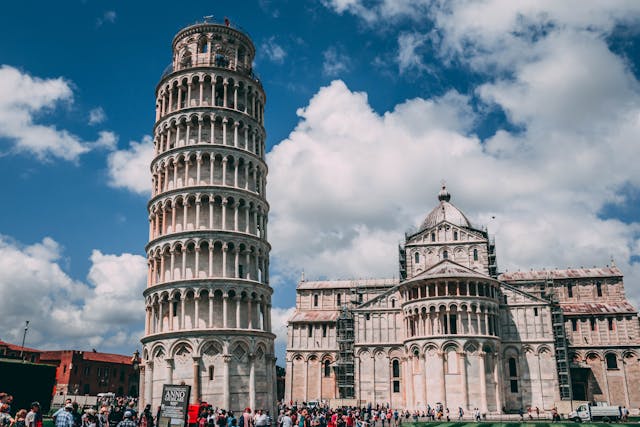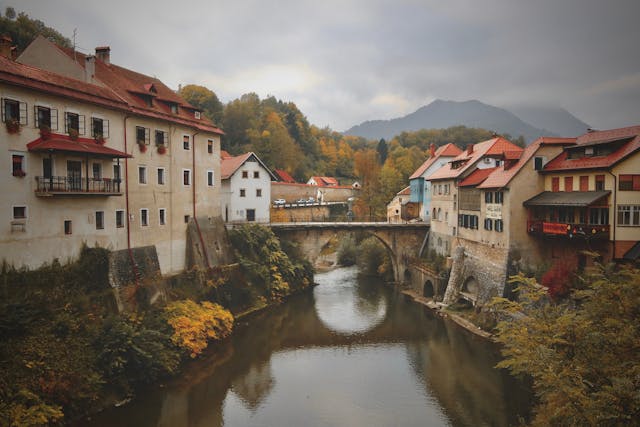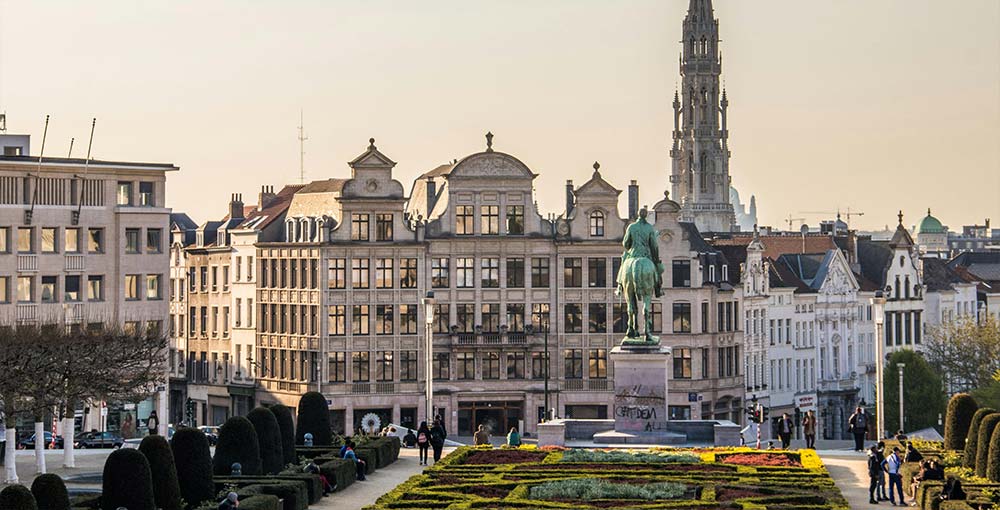Eastern Europe is a great place to visit. There are many countries to see. You can go to Poland, Czech Republic, Hungary, Romania, Bulgaria, Ukraine, and more. Each place has its own culture and history. People speak different languages.
It’s important to know some travel tips. This will help you have a good trip. In this blog, we will give you many Eastern Europe travel tips. These will help you plan your trip and enjoy your time. So, keep reading to learn more about traveling in Eastern Europe.
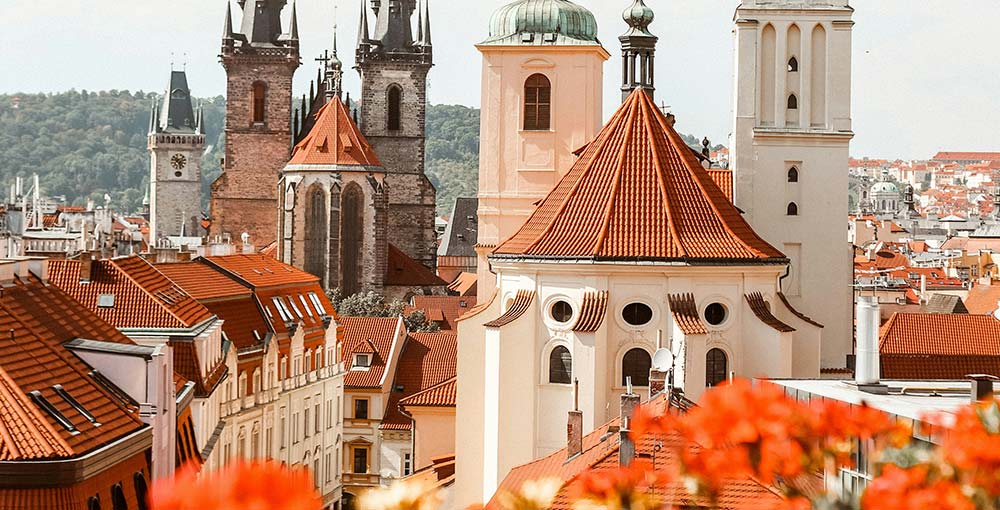

Introduction to Eastern Europe
Eastern Europe has many interesting countries. These include Poland, Czech Republic, Hungary, Romania, Bulgaria, Ukraine, and more. Each country has its own culture and history. The people speak different languages. Some countries are big, and some are small.
There are many things to see and do. You can visit old cities, beautiful nature, and historic sites. Eastern Europe is less expensive than Western Europe, so it’s a good place to travel. Knowing about these countries will help you plan your trip.
Pre-Travel Preparation
Before you travel to Eastern Europe, there are a few things to do. First, check if you need a visa. Some countries need a visa, some don’t. Next, get travel insurance. It’s important for safety. Also, check health advice and get any needed shots.
Make sure your passport is valid. Plan your trip and book your tickets. Having these things ready will make your trip easier and more fun.
Packing Tips
Packing right is very important. First, check the weather where you are going. Pack clothes that match the weather. Bring layers, because the weather can change. Don’t forget important items like your passport, money, and tickets. Pack light to make travel easier.
Use packing cubes to save space. Also, bring a power adapter for your electronics. Remember to pack any necessary medications and toiletries. Consider bringing a reusable water bottle and snacks for the journey. Having these essentials will ensure a smooth and enjoyable travel experience.
Accommodation Tips
Finding a place to stay is important. You can choose from hotels, hostels, Airbnb, and guesthouses. Each has good and bad points. Book early to get the best deals. Check reviews to find good places. Staying in the city center is often best. It makes it easier to see things. Research the neighborhood where you’ll be staying to ensure it’s safe and convenient.
Consider factors like proximity to public transportation and attractions. Additionally, don’t forget to confirm your reservation and check-in details before you arrive.
Also read: 15 Best Beaches in Ecuador: Sun, Sand, Surf
Transportation Tips
Getting around Eastern Europe is easy. You can use trains, buses, or rent a car. Trains are good for long trips between cities. Buses are cheaper and go to more places. Renting a car gives you more freedom.
Check local travel apps for help with routes and schedules. Buy tickets ahead of time to save money.
Money and Budgeting Tips
Managing money is important when traveling. In Eastern Europe, each country has its own currency. It’s good to have some local cash. Use ATMs for the best exchange rates. Credit cards are accepted in many places, but not everywhere.
Keep an eye on your budget. Look for cheap eats and free activities. Consider using a travel credit card with no foreign transaction fees to save on currency exchange. It’s also wise to set a daily spending limit to stay within budget.

Cultural Tips
Knowing about local customs helps a lot. People in Eastern Europe have different traditions. Learn a few words in the local language to be polite. Respect local customs and dress codes. Try the local food, it’s part of the experience. Be aware of etiquette in places like churches and museums.
Other Cultural Tips are to be mindful of personal space and avoid loud or disruptive behavior in public places. It’s also important to be aware of any specific cultural taboos or sensitivities in the country you are visiting.
Taking the time to learn about the history and background of the destination can also enhance your overall travel experience.
Safety Tips
Staying safe is important when traveling. Always keep an eye on your belongings. Watch out for pickpockets in busy places. Avoid walking alone at night in unfamiliar areas. Keep copies of your important documents. Know the local emergency numbers. Be aware of common scams and stay alert.
Also, it’s a good idea to have a plan in case of emergencies and to let someone know your itinerary. Research the area you are visiting beforehand to familiarize yourself with any potential risks.
Must-Visit Destinations
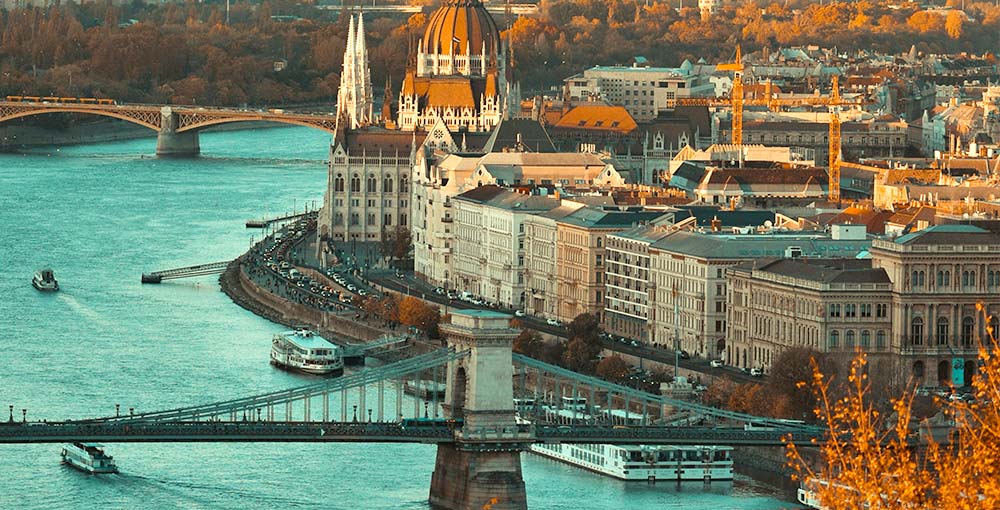
Eastern Europe has many great places to see. Visit cities like Prague, Budapest, and Krakow. See the castles in Romania and the beaches in Bulgaria. Explore the old towns in Poland and the mountains in Slovakia. Each place has its own charm and history.
Here’s the list of must-visit destinations in Eastern Europe:
1. Prague, Czech Republic
Prague, the capital city of the Czech Republic, is renowned for its well-preserved medieval architecture. The iconic Prague Castle overlooks the Vltava River, while the Charles Bridge connects the Old Town with the Lesser Town. Visitors can explore the historic Old Town Square, home to the Astronomical Clock and colorful baroque buildings.
2. Budapest, Hungary
Budapest, often referred to as the “Pearl of the Danube,” is famous for its stunning architecture, rich history, and relaxing thermal baths. The Buda Castle, a UNESCO World Heritage Site, offers panoramic views of the city.
Visitors can also admire the intricate design of the Hungarian Parliament Building and relax in the healing waters of the Széchenyi Thermal Bath.
3. Krakow, Poland
Krakow, one of Poland’s oldest cities, boasts a wealth of historical and cultural landmarks. The UNESCO-listed Old Town features the magnificent Wawel Castle, Gothic St. Mary’s Basilica, and the bustling Rynek Główny (Main Market Square).
Visitors can also explore the somber history of the Auschwitz-Birkenau Memorial and Museum, located just outside the city.
4. Dubrovnik, Croatia
Dubrovnik, often called the “Pearl of the Adriatic,” is renowned for its stunning medieval architecture and picturesque coastline. The well-preserved city walls offer panoramic views of the Adriatic Sea and surrounding islands. Visitors can explore the historic Old Town, stroll along the Stradun, and visit attractions like the Rector’s Palace and Dubrovnik Cathedral.
5. Bucharest, Romania
Bucharest, the vibrant capital of Romania, is a blend of historic charm and modern energy. The imposing Palace of the Parliament, built during the communist era, stands as a testament to the country’s complex history.
Visitors can explore the atmospheric Lipscani district, home to lively cafes, restaurants, and boutiques, and admire the elegant architecture of the Romanian Athenaeum.
6. Sofia, Bulgaria
Sofia, the capital of Bulgaria, is a city of contrasts, blending ancient history with modern amenities. The striking Alexander Nevsky Cathedral, with its golden domes, is a symbol of the city. Visitors can explore the National Palace of Culture, stroll through the picturesque Borisova Gradina Park, and take a day trip to the serene Rila Monastery, nestled in the Rila Mountains.
7. Lviv, Ukraine
Lviv, often called the “Little Paris of Ukraine,” is known for its charming Old Town and rich cultural heritage. Visitors can wander through cobblestone streets lined with colorful Renaissance, Baroque, and Gothic buildings, explore historic landmarks like the High Castle, and sample traditional Ukrainian cuisine in cozy cafes and restaurants.
8. Vilnius, Lithuania
Vilnius, the capital of Lithuania, is a city of contrasts, with a mix of medieval architecture and Soviet-era monuments. The UNESCO-listed Old Town is a maze of narrow cobblestone streets, home to Gothic cathedrals, Renaissance-style palaces, and charming courtyards. Visitors can climb the Gediminas Tower for panoramic views of the city and visit the picturesque Trakai Island Castle, located just outside Vilnius.
9. Tallinn, Estonia
Tallinn, the capital of Estonia, is a charming blend of medieval and modern influences. The UNESCO-listed Old Town is a well-preserved medieval gem, with cobblestone streets, historic churches, and merchant houses. Visitors can explore Toompea Castle, visit the Alexander Nevsky Cathedral, and enjoy panoramic views from the Patkuli viewing platform.
10. Belgrade, Serbia
Belgrade, the capital of Serbia, is a dynamic city known for its vibrant nightlife, historic landmarks, and cultural attractions. The Belgrade Fortress, overlooking the confluence of the Sava and Danube rivers, offers panoramic views of the city. Visitors can stroll along the bustling Knez Mihailova Street, explore the bohemian district of Skadarlija, and visit attractions like the Church of Saint Sava and Nikola Tesla Museum.
Food and Dining Tips

Trying local food is a big part of traveling. In Eastern Europe, you can find many tasty dishes. Try pierogi in Poland, goulash in Hungary, and banitsa in Bulgaria. Eat at local restaurants to get the best food. Learn a few words in the local language to order food.
Be aware of tipping customs. When dining out, be sure to try the traditional drinks as well, such as pálinka in Hungary or rakia in Bulgaria.
Don’t forget to sample delicious desserts like trdelník in Czech Republic or kürtőskalács in Romania. Enjoying the local cuisine is a great way to immerse yourself in the culture of Eastern Europe.
Get Travel Insurance
Before going to Eastern Europe, get travel insurance. It will help if something bad happens. If you get hurt or sick, insurance can pay for the doctor. It can also pay if your stuff gets lost or stolen. Insurance makes sure you don’t have to pay a lot of money if something goes wrong.
It’s always better to be safe than sorry when traveling abroad. Plus, having travel insurance can give you peace of mind during your trip.
Learn Some Words in the Language
It’s good to learn a few words in the language where you’re going. Learn how to say “hello”, “thank you”, and “how much?”. Locals like when you try to speak their language a little bit. It shows you respect their culture.
Even if you only know a couple words, it can make things easier. This small effort can go a long way in making connections and showing appreciation for the local culture. Additionally, it can help you navigate basic interactions and situations more smoothly during your travels.
Watch Out for Scams
There are some common travel scams in Eastern Europe. People might try to trick you and get your money. Be careful with taxi drivers overcharging, fake police asking for bribes, or people distracting you to steal your stuff. Stay alert and don’t let anyone fool you into giving them money for no reason.
Respect Cultural Differences
Different countries have different cultures and customs. Do some research before your trip so you understand what is polite and what is rude. For example, in some places you need to cover up more or take off your shoes indoors. Learning about cultural dos and don’ts will help avoid offending people by mistake.
Have Backup Payment Methods
Don’t just rely on one credit card or bank card when traveling. It’s smart to have a second card or some cash as a backup. That way, if one card gets lost or stops working, you still have another option to pay for things. With backup payment, you avoid getting stuck without any money. Eastern Europe travel tips like these can make your trip smoother.
Also read: Exploring The Top 15 Excursions in Negril Jamaica
Bathroom Tips
In some places, you might have to pay a small fee to use public bathrooms. Carry coins for this. And bathrooms may be squatty potties instead of sitting toilets. Bring toilet paper too since it’s not always provided. These little things make bathroom breaks easier when touring around.
Souvenir Tips
Look for authentic, locally-made gifts like pottery, embroidered items, or woodcarvings. Street markets are great for finding good deals on traditional Eastern Europe travel tips crafts. Just don’t buy anything too big or heavy that’s hard to pack for the trip home!
Consider purchasing souvenirs that are unique to the region you are visiting, as they will hold more sentimental value. Remember to haggle at markets to get the best price possible on your purchases.
Bonus tips:
Here are 10 bonus tips to help you on your trip to Eastern Europe!
- Research and attend local festivals or events to experience the culture firsthand.
- Consider staying in small towns or villages for a more authentic local experience.
- Learn basic driving rules if you plan to rent a car and explore rural areas.
- Pack a universal sink plug for hostel bathrooms to do small loads of laundry.
- Bring noise-canceling headphones or earplugs for overnight train rides.
- Download translation apps to help communicate and decipher menus.
- Carry powdered electrolyte drinks to stay hydrated, especially in summer heat.
- Dress conservatively when visiting religious sites out of respect.
- Use secure luggage locks to deter opportunistic theft at hostels.
- Research if there are any national holidays that may impact transportation or closures.
- It’s possible East Europeans don’t like to be called “East Europe” be mindful about that!
Conclusion
Traveling to Eastern Europe can be a great adventure. There are many places to see and things to do. Follow these tips to make your trip easier and more fun. Remember to plan ahead, pack smart, and stay safe.
Enjoy the local culture and food. Exploring the diverse cuisines and beverages of Eastern Europe will surely enhance your travel experience. Make sure to savor the unique flavors and dishes each country has to offer.

FAQ: Eastern Europe Travel Tips
1. Do I need a visa to travel to Eastern Europe?
It depends on your nationality and the country you are visiting. Some Eastern European countries are in the Schengen Area, which allows visa-free travel for many nationalities. Others have their own visa requirements. Check the specific visa requirements for each country you plan to visit.
2. What is the best time to visit Eastern Europe?
The best time to visit Eastern Europe is during the spring (April to June) and fall (September to October). The weather is mild, and there are fewer tourists. Summer is also a good time, but it can be crowded and more expensive. Winter is great for those who enjoy winter sports and Christmas markets.
3. Is Eastern Europe safe for travelers?
Yes, Eastern Europe is generally safe for travelers. However, like any other place, it’s important to stay vigilant. Be aware of your surroundings, avoid poorly lit areas at night, and watch out for common scams. Keep your belongings secure and always have emergency contact numbers handy.
4. How do I get around in Eastern Europe?
Eastern Europe has a good transportation network. You can travel between cities by train or bus. Trains are comfortable and efficient for long distances, while buses are more affordable and cover more routes. Car rentals are also available if you prefer more flexibility. Public transportation within cities is reliable, including buses, trams, and metro systems.
5. What should I pack for a trip to Eastern Europe?
Pack according to the season. Bring layers as the weather can change. Essentials include comfortable walking shoes, a travel adapter, a rain jacket, and basic toiletries. Don’t forget important documents like your passport, visa (if needed), travel insurance, and copies of your itinerary.
6. What kind of food can I expect in Eastern Europe?
Eastern Europe offers a variety of delicious and hearty dishes. You can try pierogi (dumplings) in Poland, goulash in Hungary, banitsa in Bulgaria, and borscht in Ukraine. Each country has its own specialties. Local restaurants and street food stalls are great places to enjoy authentic cuisine. Be open to trying new foods and enjoy the culinary diversity.

This blog post may contain affiliate links. If you click on one and make a purchase, I may earn a small commission at no extra cost to you.

